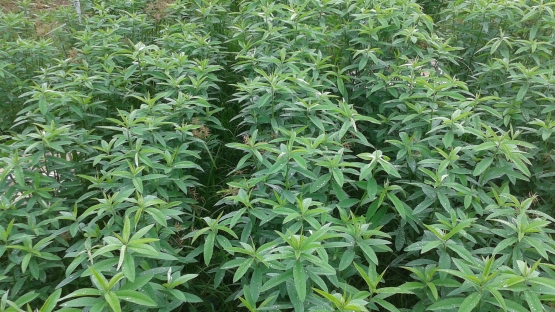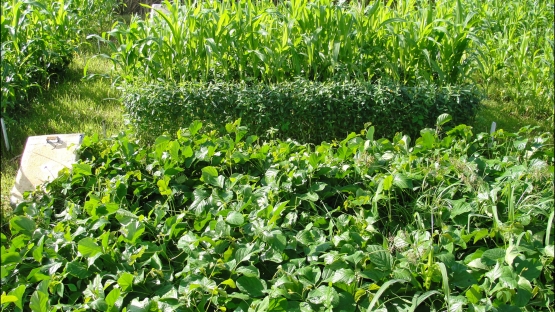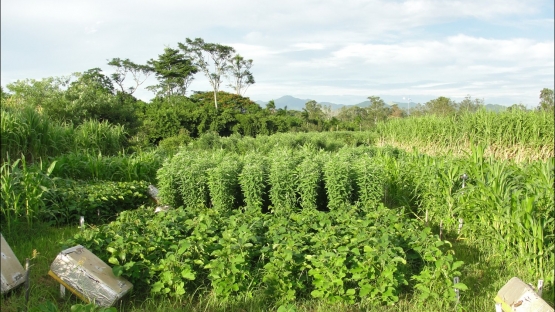Organic farming has experienced extremely rapid growth in Brazil in recent years, with plantings of organic vegetable crops on almost 1 million hectares in the 2016–2017 season. This growth is expected to continue, in part because of the sector’s ability to plant and tap fields of legumes as a natural source of non-chemical fertilizer. Known as biological nitrogen fixation, the process has been researched and promoted by the Joint FAO/IAEA Division for many decades and has been widely implemented in Brazil. These efforts have helped make nitrogen fixation a leading farming practice of many soil management systems.
In order for agricultural production to be certified as organic, crops must be grown without chemical fertilizers. In the past, organic farmers in Brazil faced low supply and high cost of the typical non-chemical fertilizers, such as oilseed cakes made from beans or cattle manure. As an answer to that problem, they are now taking advantage of legumes – which can supply natural nitrogen fertilizer to organic cash crops.







